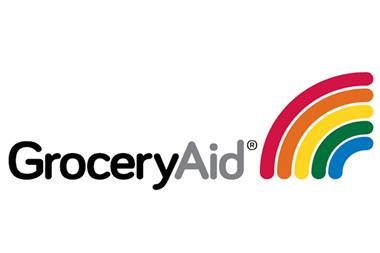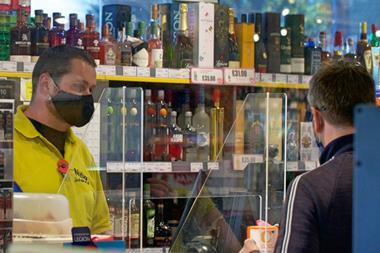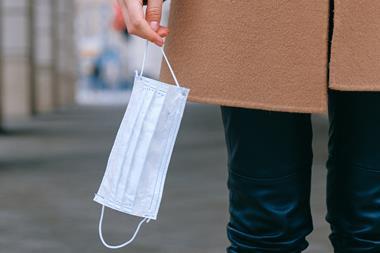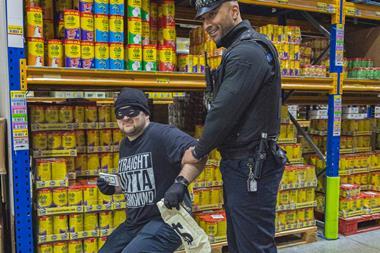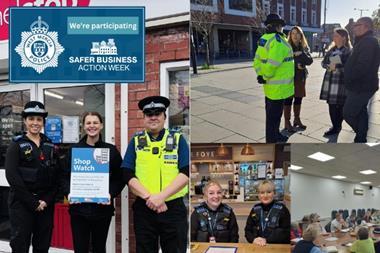We nearly hit breaking point with home deliveries

Pre lockdown, the store already had an established delivery service, with orders generated by both customer emails and an online portal. But when coronavirus pushed the operation to near breaking point, owner Chris Taylor of Taylors of Tickhill had to simplify his approach
ALREADY HAVE A REGISTERED USER ACCOUNT? PLEASE LOG IN HERE
To read the full story join the ConvenienceStore.co.uk community today!
Registration is quick and easy and provides access to:
- Unlimited ConvenienceStore.co.uk articles
- Our great range of newsletters
- Content you’ve saved for later via the ‘my library’ feature
And much more…




















